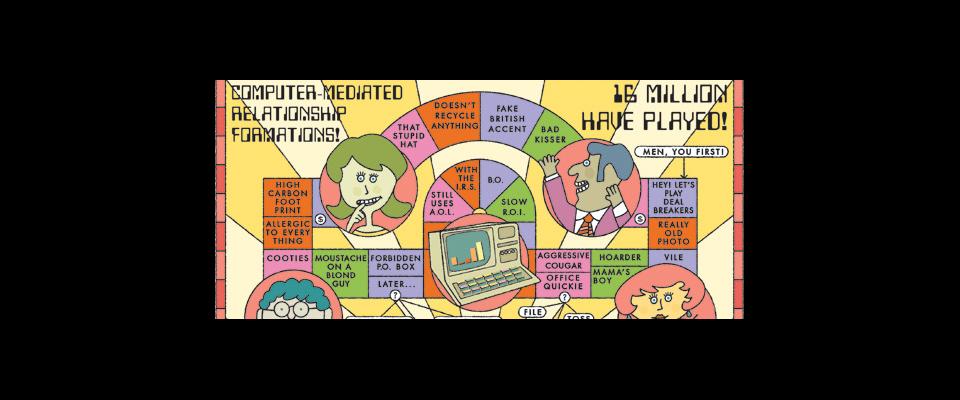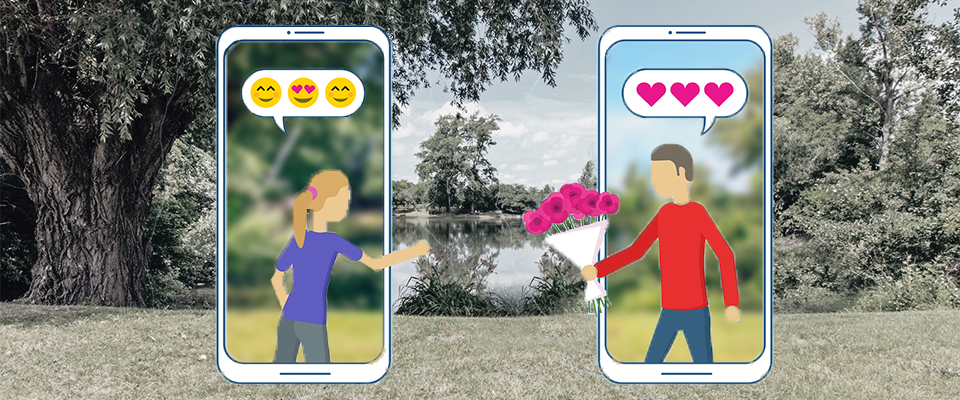In online dating, a picture is worth much more than a thousand words. When Christian Rudder, a founder of OKCupid, analyzed the dating website’s data, he found that profile photos drove 90% of users’ choices. With so much riding on a split-second impression, what’s the best way to impress potential mates?
Apparently, changing your posture. A new study led by a researcher from the UC Berkeley Haas School of Business found that, during brief encounters, men and women who spread out their arms, stretched their torsos and took up more space were more likely to attract dates.
The study, published Monday in the Proceedings of the National Academy of Sciences, observed that participants in a speed-dating event were more likely to request dates with partners that made expansive gestures during their four-minute meeting. These gestures were better at predicting whether someone got a “yes” than other positive body language, such as smiling or nodding. Similarly, people flipping through photos in a popular dating app were much more likely to select those with open postures.
Expansive postures are so attractive because they send a clear signal, according to Tanya Vacharkulksemsuk, who led the study as a post-doctoral research fellow: “Hey, I’m socially dominant, I have high social standing, I have access to resources.”
Research has shown that animals maximize the space they occupy to indicate their social status. Some, such as peacocks fanning their feathers or chimpanzees flailing their arms, use expansive postures to attract a mate.
Humans are more subtle, but Vacharkulksemsuk says our open gestures also speak of being dominant and having resources, whether that’s money or a strong social network. Dominance is attractive because the pairing can help improve your lifespan and your offspring’s success, the researchers speculate.
Body language has always been key to romance, and researchers have linked smiling, laughing and leaning forward to feelings of closeness and love among partners. Less is known about what cues matter most in a dating landscape that has completely transformed in recent decades. Just 15 years after the first online dating service, Match.com, launched in 1995, nearly a quarter of Americans were meeting their mates over the Internet. According to a Pew Research Center report from 2013, nearly 40 percent of Americans who were “single and looking” had tried online dating.
Little data exists on the role of body language in rapid-fire judgments after encounters that last just seconds or minutes. Yet nonverbal signs are more important when other information is limited.
“Courtship traditionally took place over weeks, months or years. This is a whole new world, and there are a lot of unknowns about what processes are going on and how people are feeling,” Vacharkulksemsuk says.
The findings have implications beyond romance. “The attraction to dominant, resource-rich people depends on the degree of interdependence in the relationship,” she says. So open postures may matter less when hiring a plumber, but more when looking for a babysitter or business partner.
The results only point to what predicts initial attraction, not lasting relationships. The researchers also say there are likely many other ways—from nonverbal signs to clothing and accessories‑that people can use to increase their appeal.
And don’t start “manspreading” just yet. The study looked at the effects of stretching out the arms and torso, not the legs. “That’s still an open empirical question,” Vacharkulksemsuk says.





















